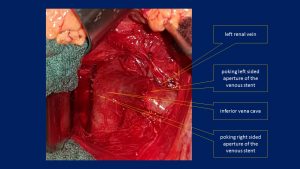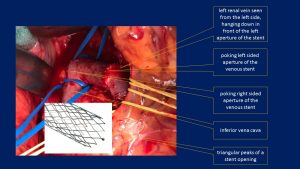- Neue Artikel
- Was Patienten sagen – Fortsetzung
- Praktiken/bokning av möten online
- Gefäßkompressionssyndrome
- Haben Sie Fragen?
- Checkliste Gefäßkompressionssyndrome
- Muskuloskelettale Besonderheiten der weiblichen Pubertät
- Lordose /Hohlkreuz – Ursache zahlreicher abdomineller Kompressionssyndrome
- Das ”Nussknacker”-Syndrom ist eine Fehlbezeichnung
- May-Thurner-Konstellation /May-Thurner-Syndrom/Cockett’s syndrome/Vena iliaca-Kompressionssyndrom
- Mittelliniensyndrom (Stauung der Mittellinienorgane)
- Pelvines Kongestionssyndrom
- Truncus-coeliacus-Kompression / Dunbar-Syndrom / MALS / Ligamentum arcuatum-Syndrom
- Wilkie-Syndrom / Arteria-mesenterica-superior-Syndrom
- Quantifizierung der Gefäßkompressionssyndrome mit der PixelFlux-Technik
- Bindegewebserkrankungen begünstigen kombinierte Kompressionssyndrome
- Pudendusneuralgie bei vaskulären Kompressionssyndromen
- Migräne und Multiple Sklerose
- Behandlung von Kompressionssyndromen
- Vaskulära kompressionssyndrom som jag nyligen upptäckt
- Kaleidoskop lehrreicher Krankheitsverläufe
- Ultraschalldiagnostik
- Leistungsspektrum
- Funktioneller Farbdoppler-Ultraschall – wie ich ihn verstehe
- Durchblutungsmessung – PixelFlux-Verfahren
- Forschung
- Publikationen
- Artiklar författade av Th. Scholbach
- Eigene Publikationen
- Erstbeschreibung der Bestimmung des Gewebsperfusionsindexes in Nierentranplantaten
- Erstbeschreibung des Mittellininesyndroms – Aspirintherapie
- Erste sonografische Gewebsperfusionsmessung in Nierentransplantaten
- Erste sonografische Tumorperfusionmessung und Korrelation zur Tumoroxygenierung
- Erstmalige Darmwandperfusionsmessung bei M. Crohn
- Erstmalige sonografische Gewebsperfusionmessung der Nieren
- Erstmaliger Nachweis von Frühveränderungen der Nierenperfusion bei Diabetes mellitus
- PixelFluxmessung der Nierengewebsperfusion
- Publikationen
- Expertise
- Bornavirusinfektion
- Wissenschaftliche Zusammenarbeit
- Cookie-Richtlinie
- Hinweise zu medizinischen Erläuterungen
- Datenschutzerklärung
- Cookie Policy (EU)

The curtain effect of venous stents
Venous stents have many detrimental effects on the stented veins in abdominal vascular compression syndromes.
The curtain effect is only one of them but the most relevant. The video demonstrates the augmentation of the curtain effect, which in itself is causing a diminished or nearly absent stent function, even in apparently open stents.
Body movements or breathing causes a constant irritation of the stented vein by the poking and sometimes penetrating mesh of the venous stent. The stent cuts like a hollow chisel into the wall of the vein, often producing unbearable pain at the site of the penetration.

Poking apertures of a left renal venous stent – the triangular peaks of the stent aperture penetrate the wall of the left renal vein and the vena cava. Image by courtesy of Prof. W. Sandmann

Lateral view of the penetrating triangular peaks of the stent causing massive pain. Clearly visible: the curtain effect – the left renal vein hangs down in front of the left aperture of the stent. Image by courtesy of Prof. W. Sandmann
Lateral view of the penetrating triangular peaks of the stent causing massive pain. Clearly visible: the curtain effect – the left renal vein hangs down in front of the left aperture of the stent. Image by courtesy of Prof. W. Sandmann
CT and MRI cannot detect such mechanisms, since they are static and non-functional imaging procedures.
Only a meticulous, dynamic and functional sonography with quantification of the blood flow can detect the very reason of the pain in patients bearing such stents.
